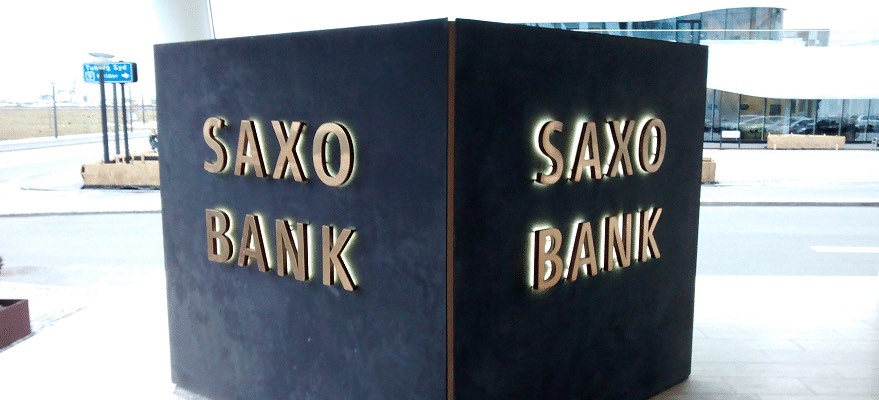How Modern Consumer Habits Are Transforming Global Payments
How Modern Consumer Habits Are Transforming Global Payments
The evolution of consumer expectations is reshaping the payments sphere worldwide. From seamless in-store purchases to instant cross-border transfers, the demand for secure and frictionless payment solutions is transforming how businesses and financial institutions approach transactions. But what does this mean for the future of payments, and how can organizations keep up?
On December 4, 2024, Finance Magnates, in partnership with @Visa Direct, hosted a live webinar dedicated to exploring these pressing questions. Industry experts will provided actionable insights into the trends, challenges, and opportunities in global payments, equipping attendees with the tools they need heading into 2025.
DISCLAIMER:
The views and opinions expressed in this webinar are those of the speakers and do not necessarily reflect the views or positions of any entities they represent (including, but not limited to their respective parent companies or affiliates). The views and opinions expressed are based upon information the speakers consider reliable and are intended for informational purposes only and should not be relied upon for operational, marketing, legal, technical, tax, financial or other advice. No party (speaker or the entities they represent) makes any warranty or representation as to the completeness or accuracy of the information within this webinar, nor assumes any liability or responsibility that may result from reliance on such information. The information contained herein is not intended as investment or legal advice, and readers are encouraged to seek the advice of a competent professional where such advice is required.
#FinanceMagnates #VisaDirect #GlobalPayments #FutureOfPayments #PaymentsInnovation #CrossBorderPayments #SecurePayments #SeamlessTransactions #FinancialInsights #PaymentsTrends #WebinarRecap #BusinessFinance #DigitalPayments #FintechInsights #Payments2025
The evolution of consumer expectations is reshaping the payments sphere worldwide. From seamless in-store purchases to instant cross-border transfers, the demand for secure and frictionless payment solutions is transforming how businesses and financial institutions approach transactions. But what does this mean for the future of payments, and how can organizations keep up?
On December 4, 2024, Finance Magnates, in partnership with @Visa Direct, hosted a live webinar dedicated to exploring these pressing questions. Industry experts will provided actionable insights into the trends, challenges, and opportunities in global payments, equipping attendees with the tools they need heading into 2025.
DISCLAIMER:
The views and opinions expressed in this webinar are those of the speakers and do not necessarily reflect the views or positions of any entities they represent (including, but not limited to their respective parent companies or affiliates). The views and opinions expressed are based upon information the speakers consider reliable and are intended for informational purposes only and should not be relied upon for operational, marketing, legal, technical, tax, financial or other advice. No party (speaker or the entities they represent) makes any warranty or representation as to the completeness or accuracy of the information within this webinar, nor assumes any liability or responsibility that may result from reliance on such information. The information contained herein is not intended as investment or legal advice, and readers are encouraged to seek the advice of a competent professional where such advice is required.
#FinanceMagnates #VisaDirect #GlobalPayments #FutureOfPayments #PaymentsInnovation #CrossBorderPayments #SecurePayments #SeamlessTransactions #FinancialInsights #PaymentsTrends #WebinarRecap #BusinessFinance #DigitalPayments #FintechInsights #Payments2025

















